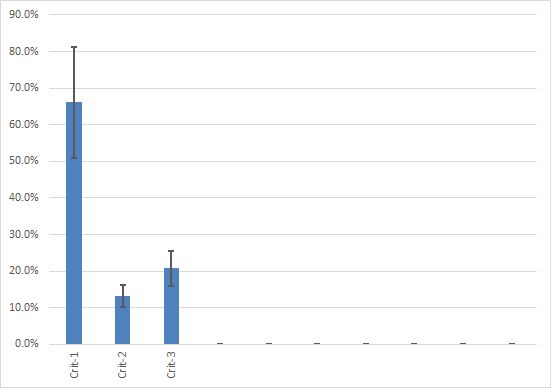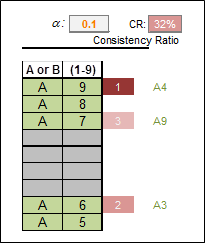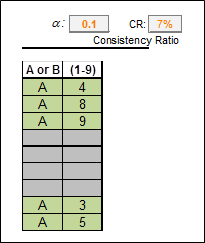 Source
Source
Camera settings depend on the type of recorded video. The Canon XA-10 has only two full HD (1920×1080) recording modes: FXP and MXP. Based on these, most of my videos are recorded in FXP mode as it is a good trade-off between quality and file size.
Recording Modes of Canon XA-10

Edit and Archive
For video editing I use Adobe Premier Elements 10. Editing is done without changing codec (H264), resolution, interlacing, etc. As I have the PAL version of the XA-10, the Adobe project settings are AVCHD Full HD 1080i 25 under PAL. Once the video is edited, I render the clip with the highest quality settings (2 Pass VBR, Render at max. depth, Macro block Adaptive Frame-Field Coding), and a maximum bitrate corresponding to the source (FXP: 17 Mbps) for archiving. In Adobe Premier Elements 10 and for XA-10 FXP mode the settings are:
Archive settings in Adobe Premier Elements 10 for XA-10 FXP mode

Target Media
Depending on the target media the clip to be published is adjusted in codec, resolution etc. I have predefined settings for:
- Standard clips to be watched on a PC:
MP4 – PAL DV Widescreen SD – HiQ (576p, VBR 3/6 MBps)
- Tablet/phones:
MP4 – PAL DV Widescreen SD – LoQ (576p, VBR 1.3/2.6 Mbps)
- Youtube as basic HD clip:
MP4 – HD 720p 25 (720p, VBR 2.5/5 Mbps)
Calculation of Video Bitrates in Excel

I use a simple excel template to calculate the bitrate for the target medium. As input you simply select:
- Codec (H264, MPEG-2)
- Standard (PAL, NTSC, FILM)
- Definition (VCD, SD, HD 720, HD, full HD)
- Channel (PC/Web, Disk/TV)
- Action/Motion (low, normal, medium, high)
and as a result you get the recommended bitrate for rendering your video clip.
Comments and feedback are welcome!
VJsmK







